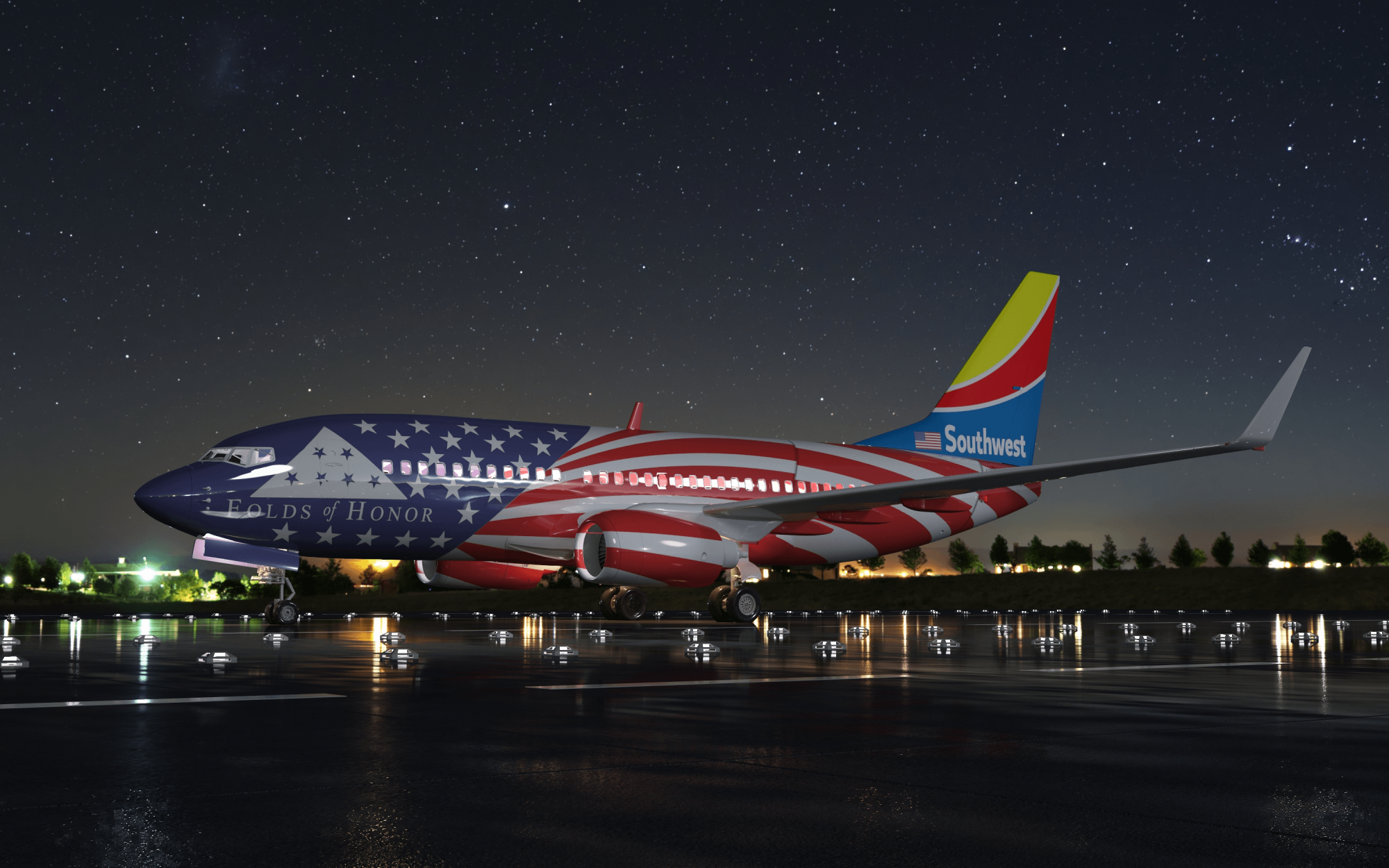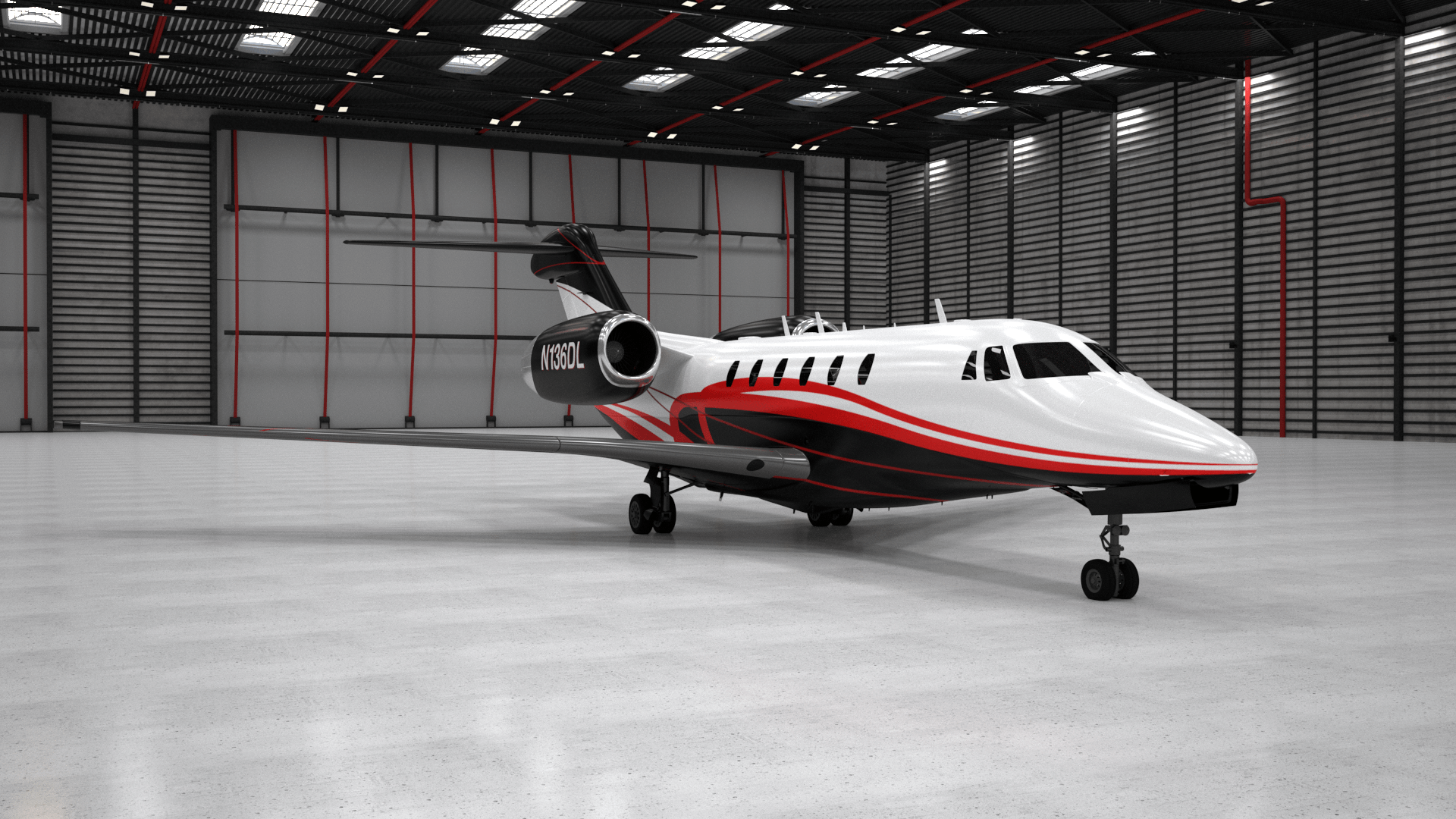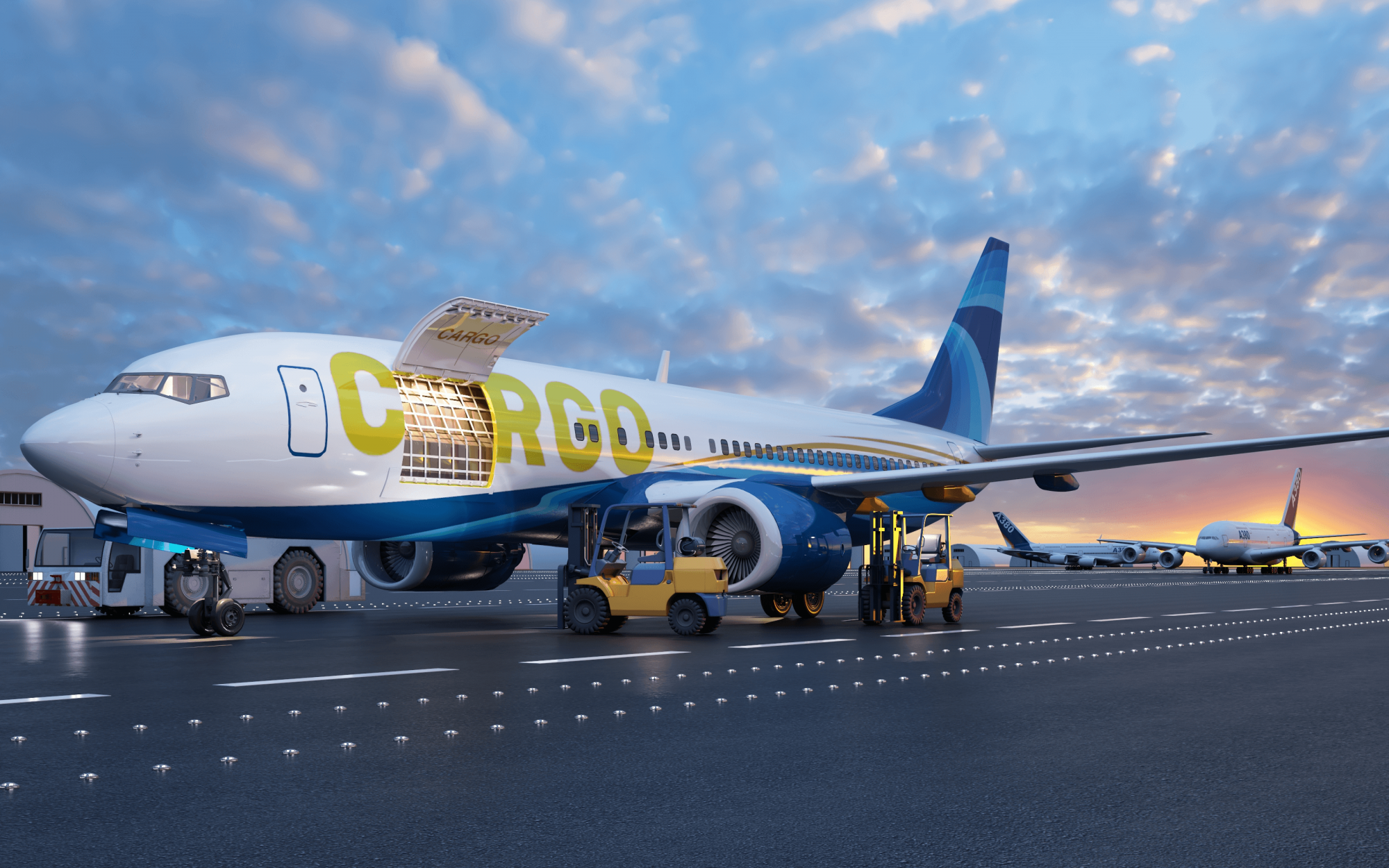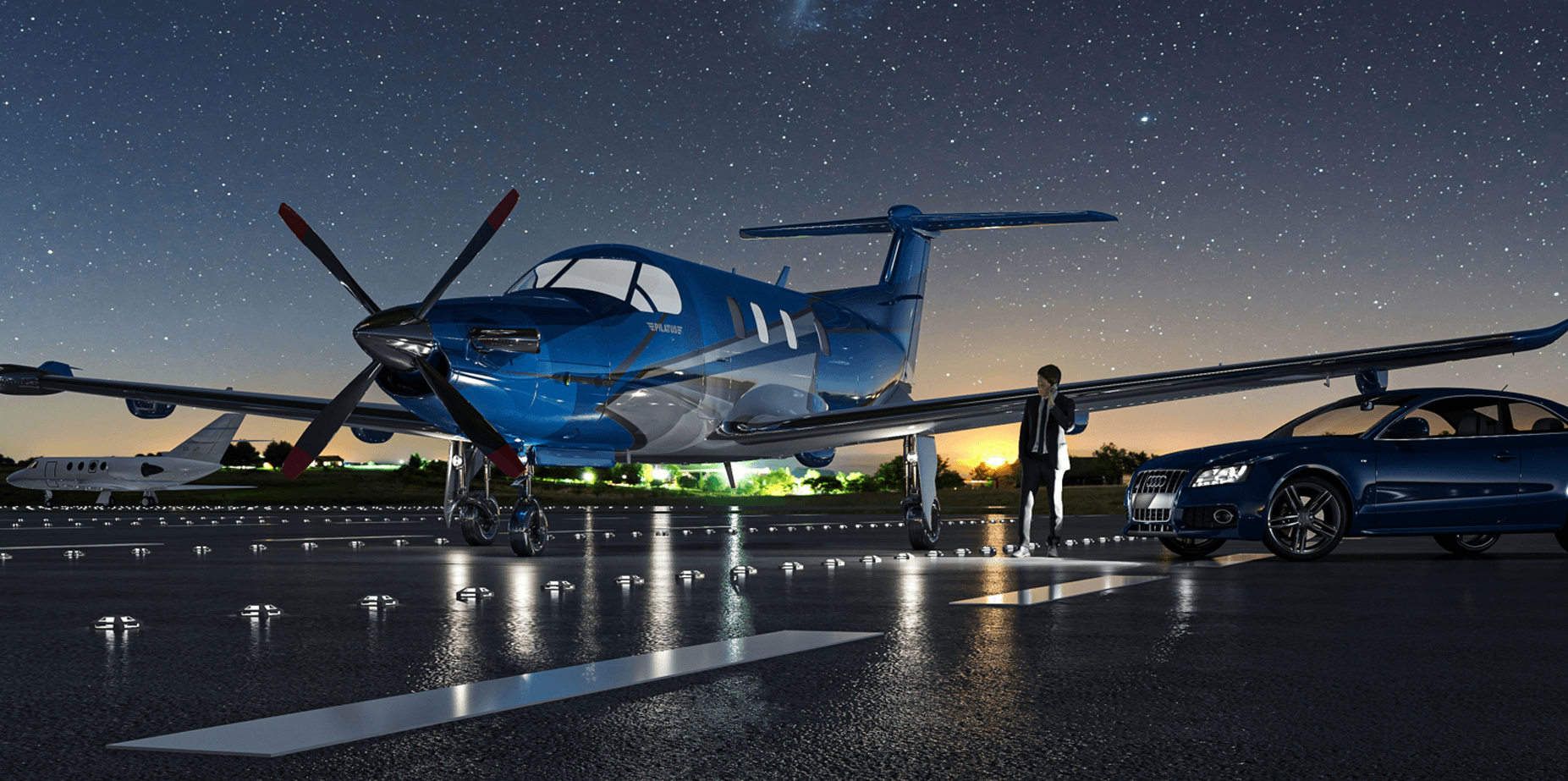Incorporating Sustainability in Aircraft Livery Design
The aviation industry is on a path toward more sustainable practices, and one crucial aspect that often goes unnoticed is aircraft livery design. While it might seem purely aesthetic, aircraft livery design has significant environmental and operational implications. This blog explores how sustainability can be integrated into aircraft livery design, offering insights into environmentally friendly practices and innovative techniques that can make a substantial difference.
The Importance of Sustainable Aircraft Livery Design
Environmental Impact of Traditional Livery
Traditional aircraft livery design, involving multiple layers of paint and the use of chemical-rich materials, contributes significantly to environmental pollution. The production and application of these paints release volatile organic compounds (VOCs) and other pollutants into the atmosphere, affecting air quality and contributing to climate change. Additionally, the weight of the paint adds to the aircraft's overall mass, leading to higher fuel consumption and increased greenhouse gas emissions.
Lightweight Materials for Reduced Fuel Consumption
One of the key aspects of sustainable aircraft livery design is the use of lightweight materials. Advanced materials such as water-based paints, which are lighter and less toxic, help reduce the overall weight of the aircraft. This reduction in weight directly translates to lower fuel consumption, which not only decreases operational costs but also minimizes carbon emissions.
Innovations in Paint Technology
Modern advancements in paint technology have paved the way for more sustainable livery options. High-solid coatings, which have a higher percentage of solids and fewer solvents, result in fewer VOC emissions. Additionally, the development of self-cleaning and dirt-repellent coatings helps maintain the aircraft’s appearance with less frequent washing, saving water and reducing the need for harsh cleaning chemicals.
Design Techniques for Sustainable Livery
Minimalistic Designs for Reduced Paint Usage
Adopting minimalistic design approaches can significantly cut down on the amount of paint required. Simple, elegant designs that avoid intricate patterns or multiple color layers not only contribute to a sleek, modern look but also ensure that less paint is used. This, in turn, reduces the weight and environmental impact of the aircraft livery design.
Use of Decals and Wraps
Another innovative approach is the use of decals and wraps instead of traditional paint. Decals and wraps are applied directly onto the aircraft's surface and can be made from recyclable materials. They are easier to apply and remove, making them a more environmentally friendly option. Moreover, they can be lighter than paint, further contributing to fuel efficiency.
Eco-Friendly Painting Processes
Incorporating eco-friendly processes in the painting and maintenance of aircraft can also enhance sustainability. Techniques such as electrostatic painting, which uses an electrically charged spray to attract paint particles to the aircraft surface, reduce paint wastage and overspray. This method ensures that more paint ends up on the aircraft and less is released into the environment.
The Role of Aircraft Conceptual Design Services
Integrating Sustainability from the Ground Up
Aircraft Conceptual Design services play a critical role in embedding sustainability into aircraft livery design. By considering sustainability at the conceptual stage, designers can explore various eco-friendly materials and techniques that align with the overall design and operational requirements of the aircraft. This holistic approach ensures that sustainability is not an afterthought but an integral part of the design process.
Collaboration with Environmental Experts
Involving environmental experts during the conceptual design phase can lead to more informed decisions regarding materials and processes. These experts can provide insights into the latest sustainable practices and technologies, helping to identify opportunities for reducing environmental impact while maintaining aesthetic appeal and functionality.
Customization for Efficiency
Customized livery designs that take into account the specific operational needs of an airline can also contribute to sustainability. For example, airlines operating in regions with harsh weather conditions can benefit from specially formulated paints that offer enhanced durability and resistance to extreme temperatures, reducing the frequency of repainting and associated environmental impact.
Case Studies: Sustainable Aircraft Livery Design in Action
Alaska Airlines: Embracing Green Innovations
Alaska Airlines has been at the forefront of integrating sustainability into their aircraft livery design. The airline uses advanced, low-VOC paints and has adopted electrostatic painting techniques to minimize environmental impact. Additionally, their commitment to lightweight materials has resulted in significant fuel savings and reduced carbon emissions.
Etihad Airways: Eco-Friendly Flying
Etihad Airways launched the "Greenliner" program, featuring a Boeing 787 Dreamliner with a unique, eco-friendly livery. This aircraft showcases the airline's commitment to sustainability through the use of lightweight, water-based paints and innovative application techniques. The Greenliner serves as a flying testbed for various sustainability initiatives, demonstrating the potential of sustainable aircraft livery design.
Future Trends in Sustainable Livery Design
Biomimicry and Nature-Inspired Designs
Biomimicry, the design and production of materials based on biological entities and processes, is an emerging trend in sustainable livery design. By mimicking natural processes, such as the self-cleaning properties of lotus leaves, designers can create coatings that reduce maintenance needs and environmental impact.
Smart Coatings and Nanotechnology
The future of sustainable aircraft livery design lies in smart coatings and nanotechnology. These advanced materials can offer self-healing properties, enhanced durability, and improved aerodynamic performance. By reducing the need for frequent repainting and maintenance, smart coatings can significantly lower the environmental footprint of aircraft operations.
Digital and Augmented Reality Design Tools
The use of digital and augmented reality (AR) tools in aircraft livery design is set to revolutionize the industry. These tools allow designers to create and visualize livery designs in a virtual environment, optimizing for both aesthetics and sustainability. By simulating different materials and application techniques, designers can make more informed decisions that balance visual appeal with environmental considerations.
Challenges and Considerations
Balancing Aesthetics and Sustainability
One of the main challenges in sustainable aircraft livery design is balancing aesthetics with environmental considerations. Airlines want visually striking liveries that enhance their brand image, but achieving this without compromising sustainability requires innovative thinking and a willingness to adopt new technologies and materials.
Cost Implications
While sustainable materials and techniques can lead to long-term cost savings through reduced fuel consumption and maintenance, the initial investment can be higher. Airlines and design firms need to consider the return on investment and potential environmental benefits when deciding on sustainable livery options.
Regulatory Compliance
Compliance with aviation regulations and standards is another important consideration. Sustainable livery designs must meet safety and performance requirements set by regulatory bodies. Ensuring that eco-friendly materials and processes adhere to these standards is crucial for the successful implementation of sustainable livery designs.
Conclusion
Incorporating sustainability into aircraft livery design is not only a responsible choice but also a strategic one. By adopting eco-friendly materials, innovative design techniques, and sustainable processes, the aviation industry can significantly reduce its environmental impact. As advancements in technology continue to emerge, the possibilities for sustainable livery design will expand, offering new opportunities for airlines to enhance their brand while contributing to a greener future.
Aircraft Conceptual Design services play a vital role in this transition, providing the expertise and creativity needed to develop sustainable livery designs that are both visually appealing and environmentally friendly. By prioritizing sustainability from the outset, the aviation industry can take meaningful steps towards a more sustainable future, ensuring that aircraft livery design contributes to the broader goals of reducing carbon emissions and preserving our planet for future generations.







Comments
Post a Comment